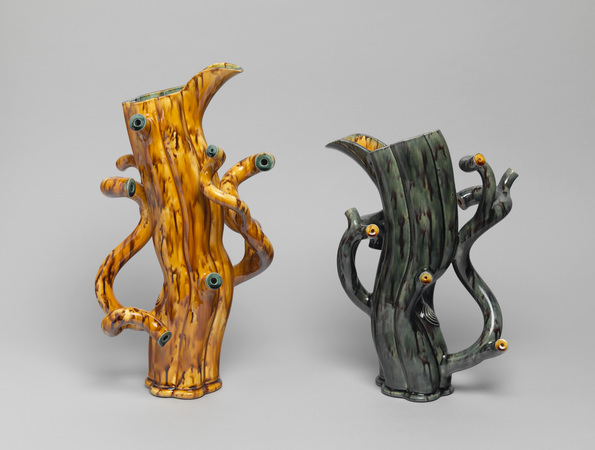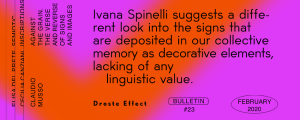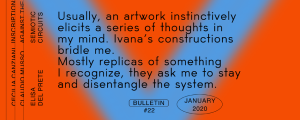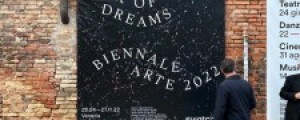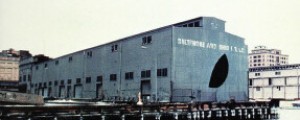Vivarium at Corvi-Mora, London
Described as an enclosure or mini ecosystem for raising fauna or flora, a vivarium, is an artifice created for the purpose of study or pleasure. At the eponymous group exhibition at Corvi-Mora, art is appropriated as a vivarium, in what is an unusual and intriguing concept. Works by a diverse group comprising ArtClub 2000, Peter Fischli and David Weiss, Walter Keeler, Glenn Sorensen, Julian Stair and Sophie Wiltshire invoke literal notions of botany or zoology, or are inspired by natural forms, or allude to more metaphorical observations of human behaviour. Ranging from photography, earthenware painting and porcelain, they offer a compendium of the human of experience in the succinct space of a single-room.
Glen Sorenson’s paintings of a silhouette of a lone sunflower in different light intensities, is a meditation of the everyday. The head and stalk of the sunflower, lone and lugubrious, appears like a bowed human figure, conflating the vital nature of plants and man in an animist image. Sophie Wiltshire’s bone coloured ceramic sculptures of a19th century zoologist and two botanists studying a snake, a butterfly and a flower respectively, offer a more literal version of man’s study of the plant and animal kingdom. Her earthenware sculptures blur the boundaries between craft and art, as do Walter Keeler’s fluted jugs, which veer between the decorative and the functional. Conversely, Julian Stair’s clear glaze porcelain jar is a blend of aesthetic and function. Keeler’s fluted shapes and lustrous, glazed colours are a playful nod to the natural form, whilst Stair’s cinerary urns are cool and austere, marking the finality of existence.
Perhaps two of the most interesting pieces at the exhibition are ArtClub 2000’s C-prints of its members in various states of theatrics in and around New York. They invoke a more lateral perspective of the vivarium as an urban conurbation or human jungle. The images depict the group’s members donned in different costumes – bear suits, stealthy black outfits or undergarments – striking cool and laconic poses. The prints both embrace and parody the urbane sophistication and excess of youth and commodity culture, simultaneously critiquing and colluding with its very nature. If ArtClub 2000’s works are a critique of the contrivance of social behaviour and cultural norms, then Fischli and Weiss’s dramatic C-prints are an expression of the extremes of sentiment that contrived and conditioned behaviour often seeks to repress. Captured in fervid images and tones, the photographs narrate tales of enchantment, horror, beauty and exhilaration. There is something deeply Faustian about these images, and in tandem with the other work in Corvi-Mora’s vivarium, they provide an index into the depth and breadth of human experience.
ArtClub 2000, Peter Fischli & David Weiss, Walter Keeler, Glenn Sorensen, Julian Stair, Sophie Wiltshire, Vivarium, Corvi-Mora gallery, London, through February 22, 2014
by Gowri Balasegaram
in Focus on Europe
Feb 4, 2014






